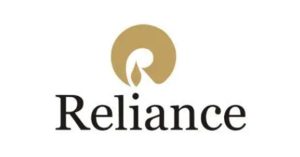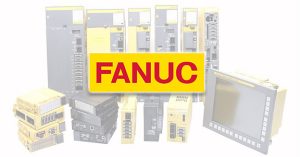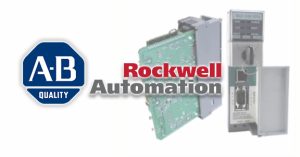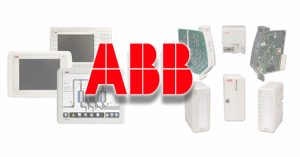The full name of SIS is safety instrument system, which takes emergency measures to the possible danger of meditation device or equipment, and makes timely response to the deteriorating state, so that it can enter a predefined safe stopping condition, so as to minimize the danger and loss, and ensure the safety of production equipment, environment and personnel. At present, SIS has been widely used in petrochemical and other process industries, and is an important part of automatic control in factories and enterprises. The following Xiaobian to introduce the difference between SIS and DCS? The basic principles, main characteristics and design principles of SIS.

The basic principles of SIS
An SIS is defined as an instrumentation system that implements one or more safety instrumentation functions. SIS includes measuring instruments, logic arithmetic unit and final components, associated software and components. At present, instrument protection System IPS, Safety Interlocking system SIS (Safety Interlocking System), emergency shutdown system ESD, pressure protection system HIPPS, and fire and gas protection system F&GS belong to the scope of safety instrument system.
The main characteristics of SIS
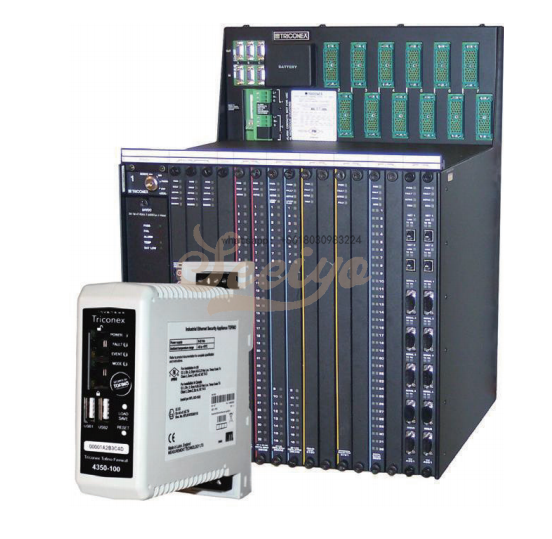
TRICONEX SIS security system
1. A certain level of security integrity
SIS fully considers the overall safety life cycle of the system, proposes a method to evaluate the safety integrity level (SIL), and standardizes the tools and measures used to achieve the necessary functional safety. The design and development process of SIS system must follow IEC61508, and should pass the functional safety assessment and certification of independent institutions (such as TUV), obtain the certification certificate, in order to be used in the industrial field.
2. High availability and maintainability
The component of SIS system should fully consider the safety instrument function that can be achieved by the component unit, the logical redundancy structure and whether the single fault of the system itself will cause the system to stop incorrectly. At the same time, it is also necessary to consider whether the faulty card can be maintained online when the system is running with faults, without stopping the whole system.
3. Fault-tolerant multiple redundancy systems
The SIS system generally adopts multiple redundancy structure to improve the hardware fault margin of the system, and a single fault will not lead to the loss of safety function of the SIS system. For example, the SIS system mainstream tripartite structure (TMR) : it integrates three isolated, parallel control systems (each is called a sub circuit) and extensive diagnostics into a system, which provides highly complete, error-free and uninterrupted control with three out of two votes.
4. Comprehensive self-diagnosis capability
The safety and integrity requirements of SIS system also include the requirements of failure avoidance and system failure control. At the same time, the fault diagnosis measures and behaviors after failure should be clarified for each component of the system. The overall diagnostic coverage of the system is generally as high as 90% or more. The SIS HARDWARE IS highly reliable and can withstand most environmental stresses, such as field electromagnetic interference, so it can be well used in various industrial environments.
5. Fast response speed
The real-time performance of SIS system is very good. The response time from input change to output change is generally 50 ~ 100ms, and the response time of some small SIS systems is even shorter.
6. It has the function of sequential event recording
In order to better analyze and recall accidents, SIS generally has the function of event sequence recording (SOE), which can record the change time of each specified input and output and state variables in a timely order, and the recording accuracy is generally accurate to the millisecond level.
7. Functional safety design of products
Realize the safety design of the whole loop composed from the sensor to the actuator, with input/output (I/O) short circuit, broken wire and other monitoring functions.

